Weirdest types of moons in the solar system
The laws of physics can get you to weird places.
Things that we don’t intuitively think to be possible exist out there in the Universe. The laws of physics can get you to weird places. Here are some of the most interesting (and downright weird) moons that are found in our stellar home.
#1: An asteroid has a moon
Asteroids being much smaller than planets (and most moons) would have you think they can’t have moons of their own. The Asteroid 243 Ida disagrees with you. This city-sized asteroid has a small asteroid moon Dactyl.
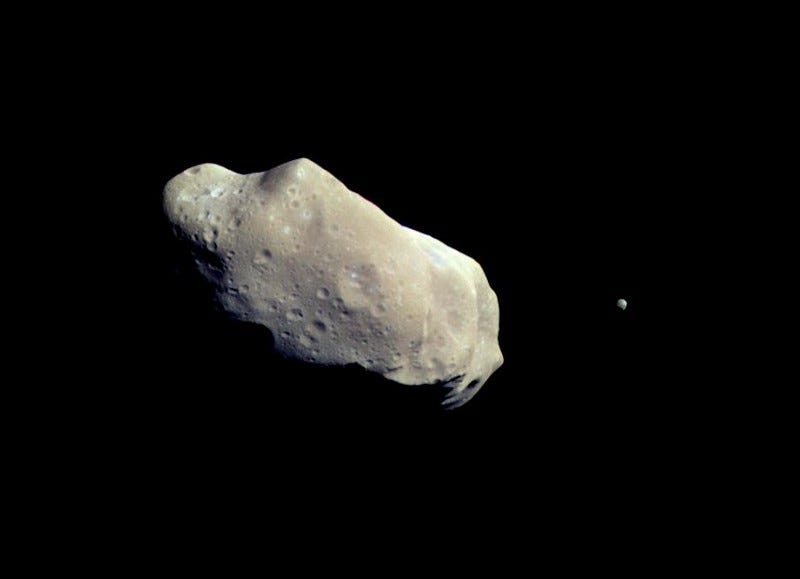
Discovered by the Galileo spacecraft in 1993, Dactyl was the first moon to be found around an asteroid. Hundreds of such moons have been discovered since then.
#2: A comet-like object with rings
In between the orbits of the gas giants (Jupiter, Saturn, Uranus & Neptune), lie comet-like objects called Centaurs. The centaur 10199 Chariklo was discovered to have 2 rings around it! While rings wouldn’t qualify as a moon, they do qualify as a bunch of small objects going around a minor planet.
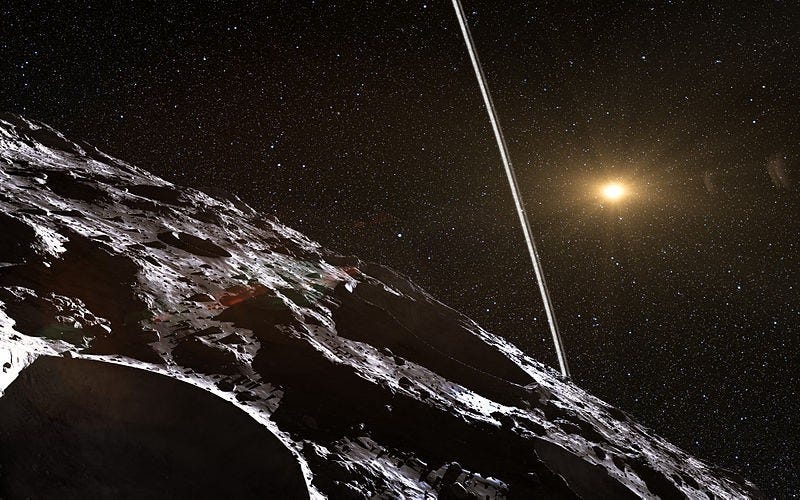
It is astounding to discover rings around an object merely a few hundred kilometers in size. Among the planets in the solar system, only the gas giants have rings and here comes this little comet-like object to join the ring (pun intended). Another centaur, 2060 Chiron has been suspected to also have rings. This could mean rings are far more common than we thought.
#3: Moons that share and exchange orbits
The 2 Saturnian moons Janus and Epimetheus (also known as The Dancing moons) essentially share the same orbit. The orbit of one is only slightly less distant to Saturn than the other.

Thanks to exchange of angular momentum, instead of crashing into each other, they swap their orbits every 4 years! Here is how it works:
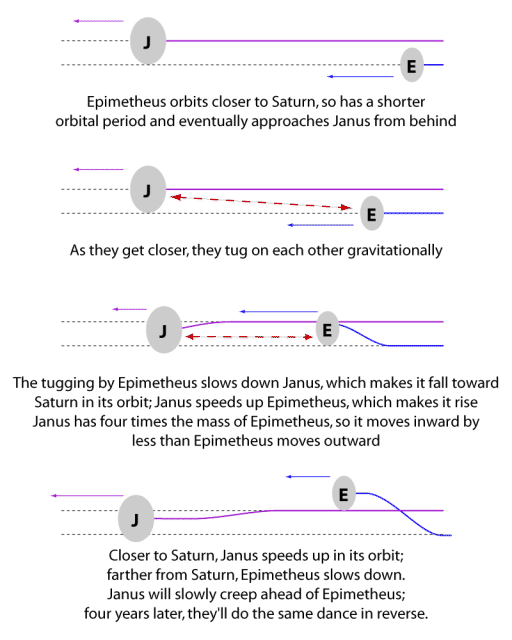
Such a fascinating co-orbital configuration of moons is the only one known in the Solar System. The orbital physics between Janus and Epimetheus can be understood using the circular restricted three-body problem.
#4: The largest possible irregular body in the Solar System
Neptune’s 2nd largest moon Proteus is only 0.25% the mass of the largest Neptunian moon Triton. Proteus has a very low density and is shaped like a boxy irregular polyhedron.
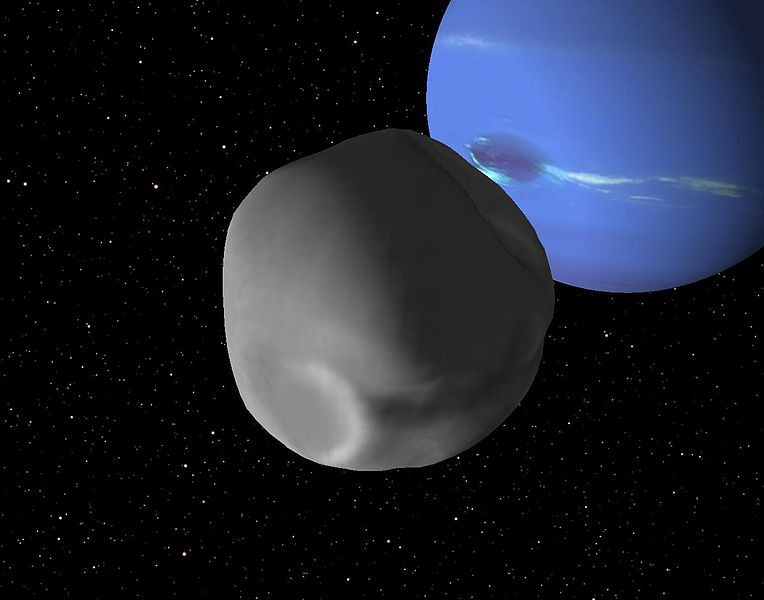
The interesting thing is that Proteus is about as large a body can get without being pulled into a spherical shape by its own gravity. Saturn’s moon Mimas has a spherical shape despite being less massive than Proteus, because it has a greater density.
#5: The largest ring of Saturn is created by a moon
Phoebe, the largest of the outer moons of Saturn, is thought to be a captured centaur. Its orbit is thus eccentric and at an inclined angle to that of Saturn’s rotation plane. Solar radiation and micro-sized meteoroids impacting Phoebe’s surface make it emit a constant stream of particles. These particles form an outer ring of Saturn — the largest one called the Phoebe ring.
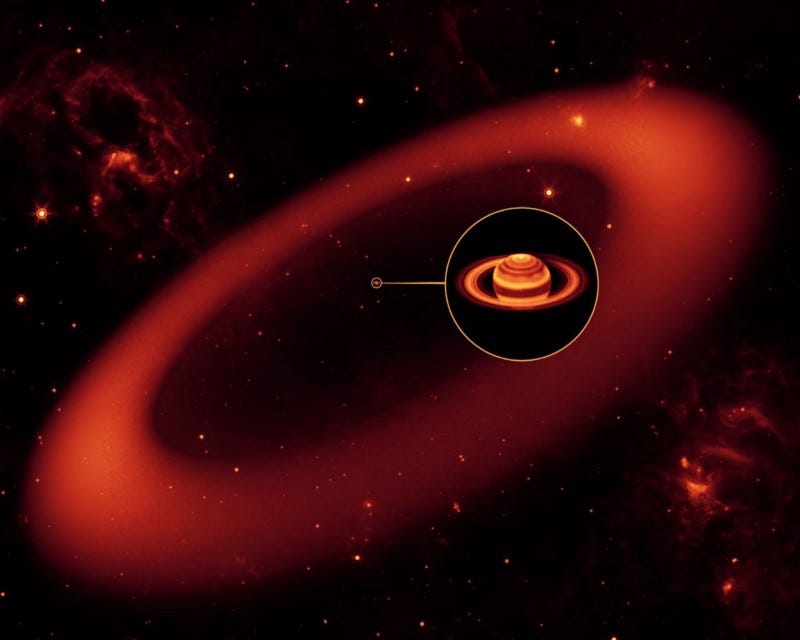
The ring’s diameter is equivalent to roughly 300 Saturns lined up side to side! However, the ring is so diffuse and faint that it is hardly visible in optical light. But it could be seen by the infrared telescope onboard NASA’s Spitzer telescope. Interestingly, material from Phoebe’s rings also makes up the dark hemisphere of Saturn’s moon Iapetus.
#6: Charon — The largest moon compared to its planet of any known body
Charon, the largest of Pluto’s 5 known moons, is 1/2 the size of Pluto and 1/8th it’s mass. This gives it the largest moon-planet mass ratio of any known body, followed by the Earth’s Moon which is also unusually large at 1/4th the Earth’s size.
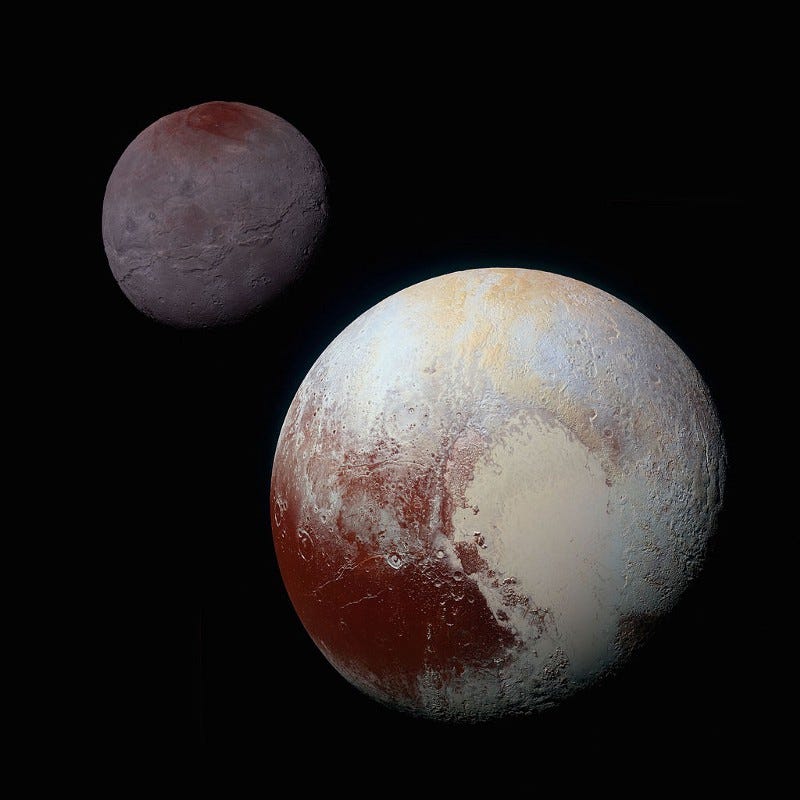
Having such a large moon-to-planet mass ratio means that Charon has a significant gravitational pull on Pluto. The center of mass of the Pluto-Charon system thus lies outside Pluto, making both bodies go around their barycenter.
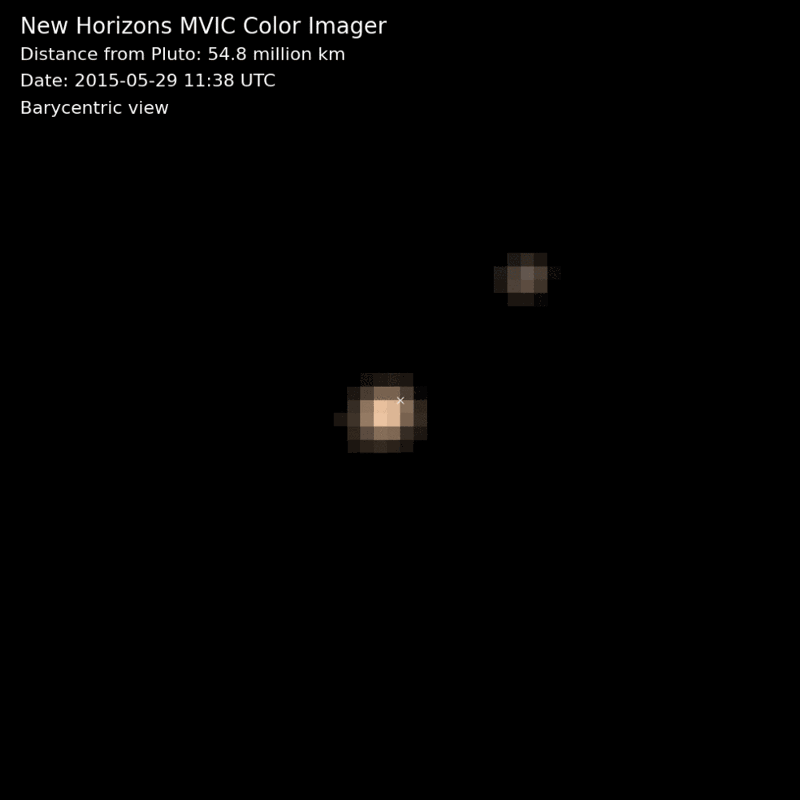
This has led many scientists to consider Pluto-Charon as a double dwarf planet instead of a dwarf planet and a moon. The fact that the other moons of the system orbit the Pluto-Charon barycenter and not Pluto directly, more than strengthen the argument.
When introduced to this concept as a physics student, it felt quite fascinatingly weird at first to know that objects do this. I think its remarkable that gravity behaves this way. The Pluto-Charon animated movie shown above is the most beautiful pixelated movie I’ve ever seen.
